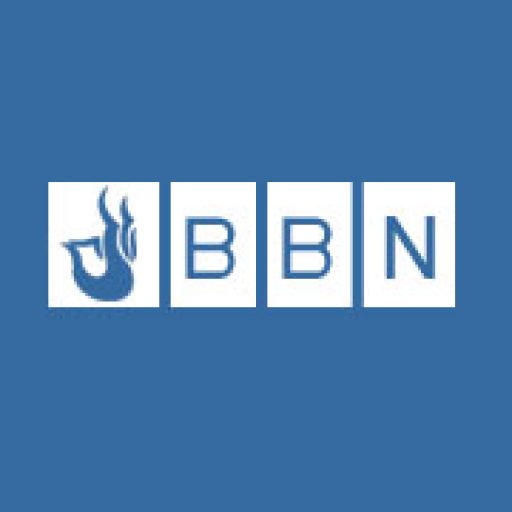If you’ve come across this article, chances are you are looking to take the next big step in your career and are looking to become a Certified Scrum Product Owner® (CSPO®). First of all, congratulations! You’ve taken the first step by considering a CSPO Certification. Now let’s look at all you need to know before you dive into it.
What is a SCRUM?
As one of the most popular agile systems in the world, Scrum has revolutionized the way software is developed and has become synonymous with agile frameworks by drastically reducing the time between the conception of a product, planning and the time the product is shipped. It borrows the idea from rugby, where the game is essentially carried out in different stages of play, known as sprints, and where players from both the teams huddle together at the centre of the pitch. Similarly, in Agile Scrum, team members support each other and use the Agile framework to develop a product that embodies quality and cost effectiveness.
Scrum product owner: the basics
Product owners lie at the top of the chain of production and are vital to the whole creative process that goes into the conception and design of the software. They assess the needs of the client and the customers and design a system that checks all the boxes in terms of utility as well as UI and suggest necessary features for the software. Their key role lies in communicating with the customer on a daily basis and identifying critical aspects of the project and making sure it is translated to the actual production.
The role
A product owner is the main link between a customer and the rest of the team and acts as the voice of both the client and all the stakeholders. They try to identify the needs of the customer by constantly liaising with the client and then conveying it to all the stakeholders including the delivery team, in a technical language if necessary.
Difference between a product owner and a Scrum Master
Product owners and Scrum Masters are two of the most vital roles in the Scrum agile system. Both of them are heavily involved in the conceptualization and the planning of the processes. However, the key difference lies in the fact that the product owners are more involved in the conceptualization and customer relations and understanding the essence of the program while the Scrum Master is more involved in the product development stages and will be an expert at making sure that Scrum values are implemented. It’s important to note that for the successful delivery of the product, the Scrum Master and the product owner are on the same page.
Knowledge of Scrum
The product owner is involved with collaborating with the customer and the team and hence plays a more strategic role than a technical one. While it’s not necessary for product owners to be Scrum experts, a basic knowledge of Scrum is required so that the product owners will be able to assist the Scrum Masters should the need arise.
Potential product owners
Team leads, product managers, software development managers and architects as well as aspiring coders and developers can all become successful product owners if they have the right aptitude for it. However, CSPO training and certification would go a long way in setting up a career as a CSPO.
Training and certification
Ideally, the product owner must have completed a CSPO certification course and have undergone a full-fledged training program to understand all the nitty gritty bits of the role. With the number of online courses available to choose from, it is, now more than ever, easier to get certified. Online learning offers fantastic flexibility when it comes to learning when you want, where you want. Online learning also gives you unlimited access to learning resources. Most courses offer free two-year membership with Scrum Alliance after the successful completion of the course.
Key outcomes
After the successful completion of a CSPO course, you will be able to:
- Optimize Agile teams as well as improve the quality of interaction with stakeholders as well as the customers
- Boost your own capabilities as a Product Owner
- Plan and schedule the various levels of product development realistically and increase Scrum functionality
- Improve your estimating skills and results
- Maximize delivery capabilities and reduce the risks involved
- Improve ROI
















Leave a Reply